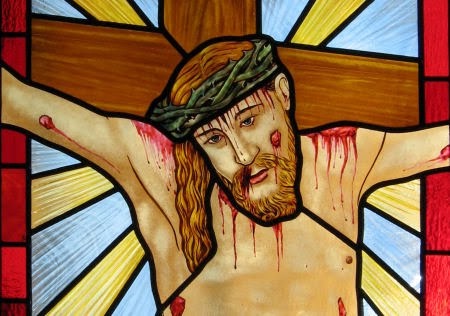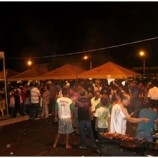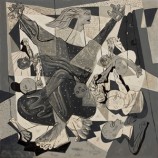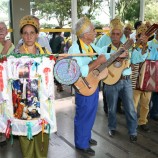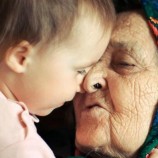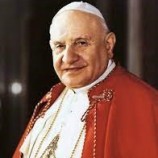The church is a body. It pulsates with life, but it can be hurt and it can also bleed…
Giovanni Cucci e Hans Zollner’s book The church and pedophilia, an open wound, Loyola Edition, 2011, 126p. presents in a succinct and objective approach the topic from both psychological and pastoral viewpoints. Its intention is to offer a more realistic insight on the situation that mainly appears in the media shrouded in a cloud of scandal and disarray without ever getting to the heart of the issue.
The questions asked by the common citizen always appear to be the same: how is it that a person who consecrates to God and to the service of the Church comes to commit such serious crimes? Is there a psychic dynamic behind this behavior? To what point does the responsibility of the authorities of the Church extend to?
The authors do not speak in a rhetorical fashion. Their background and experience in psychotherapy give considerable weight to their work. With the objective to go beyond the media uproar, they start by asking if the DSM, Diagnostic and Statistical Manual of Mental Disorders, was within reason to eliminate the term “perversion” from the list of human behavioral deviations, on the grounds to avoid “moral” connotation to a scientific study. An important point in the study is about the truth in statistics. A few examples; at the Archdiocese of Boston, USA, in the last 50 years circa 3.000 high priests were studied. Of these, 60 had been formerly accused of sexual abuse, making a total of 2%. At the Archdiocese of Philadelphia, 2.154 high priests had been employed in service of the church. “Irrefutable evidence” was presented against 35 of them, making a total of 1.4%. At the Archdiocese of Chicago, complaints were made against forty out of a total of 2,200 priests in active pastoral service: only 1.8% of them, page 26.
Another digression from the news stations has been to associate the cause of pedophilia to the clergyman’s celibate lifestyle. The thesis is this: if priests were married, these kinds of deviations would not happen. However, the reality of the data belies this thesis. Quoting G. Merchesi in his book which informs that “the reoccurrences of the phenomena among “cult ministers” within the protestant communities in the USA, Mormons, Baptists and Episcopalians, as well as Orthodox Jews and Muslims is between 3% and 5%, an alarming piece of data but still inferior to the perceptual of the adult population as a whole, where the use of pedophilia is around 8% “, page 39.
The evidence shines through how society in itself is perverted, and such examples of behavioral deviations are not trademark to Catholic priests and celibates. We are living in a culture embedded with pedophilia. In Germany for example, Jan Carl Raspe in his work Kursbuch, praised Commune II, “…where the adults incentive children, in spite of their resistance, in the attempt of having sexual relations. Within the Grüne or, Greens, in 1985 there was a solicitation for the decriminalization of sexual relations with children and, in 1989, the renowned publishing house, Deutscher Ärtzverlag, published a book that openly requested for pedophiliac contact to be allowed”, page 48.
In the third part of the book it deals with the integral education of candidates for the Catholic priesthood, with the search for God, the necessary emotional maturity, self-sacrificing love and renunciation. It comes to light the fact that, today, the candidates for priesthood are no longer privileged with a family environment where religiosity and sacramental life are part of an integral life experience.
In part four, the authors emphasize the importance of the trainer and his discernment in the selection and screening of young people who present themselves as candidates. In fact, the poor quality of many seminars and the faults committed by the trainers are at the root of the deviations observed later in the clergy.
In the Appendix of the book, the reader finds a pastoral letter from Pope Benedict XVI to the Catholics of Ireland where serious episodes were observed within the Catholic community. The text speaks of errors made and lessons learned from grave wounds and challenges of faith, of human suffering and trust betrayed, of pain and guilt, but also of encouragement and hope, concrete proposals and prayer.
Related Articles


